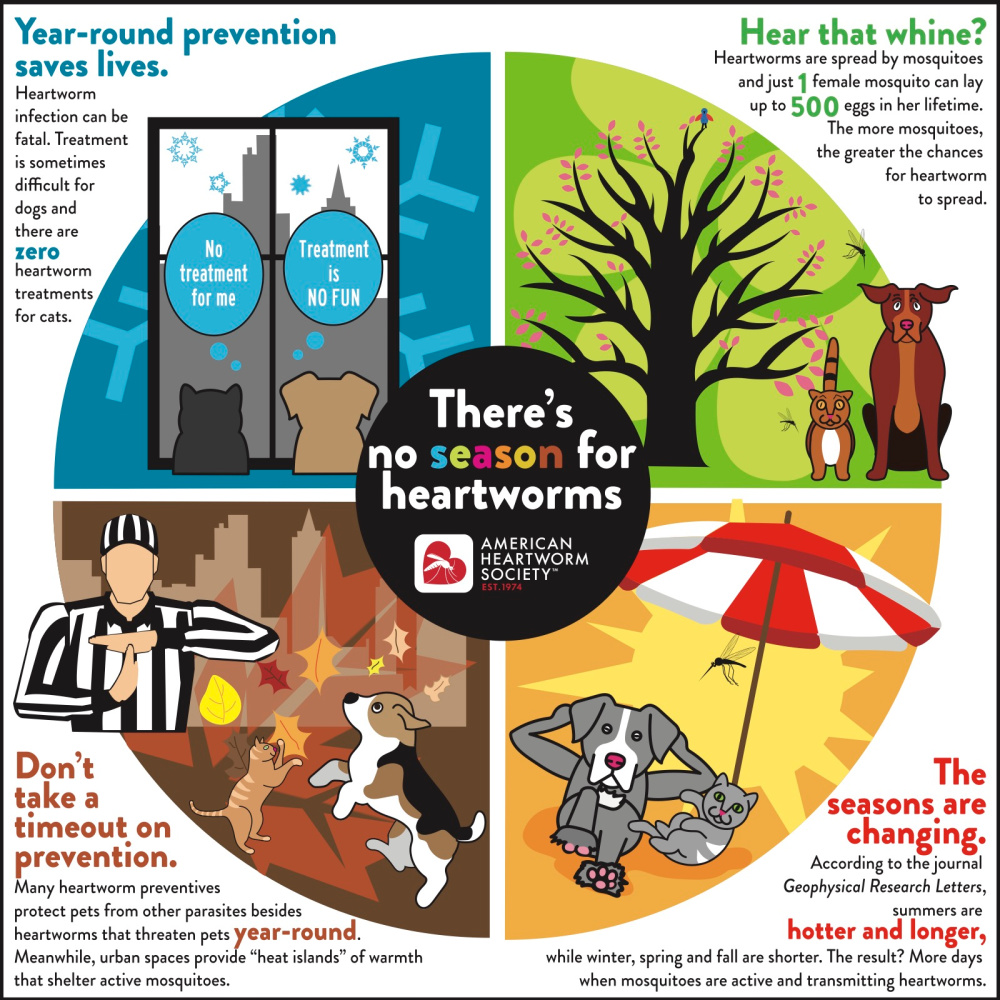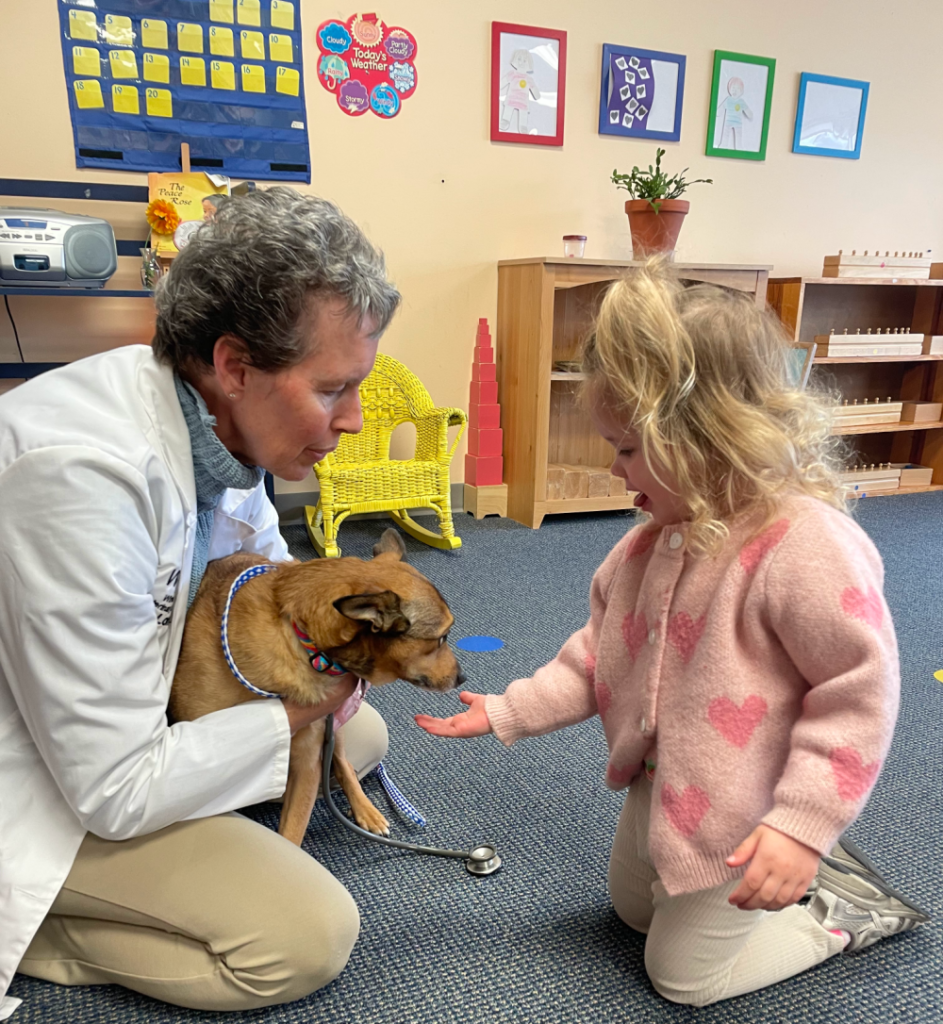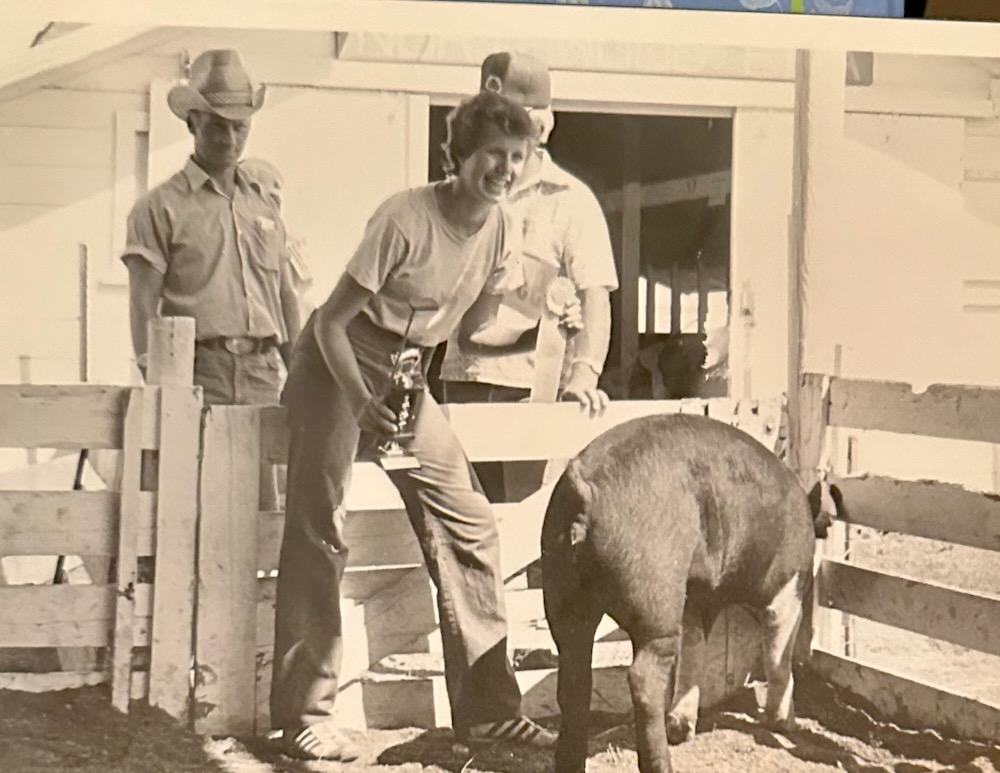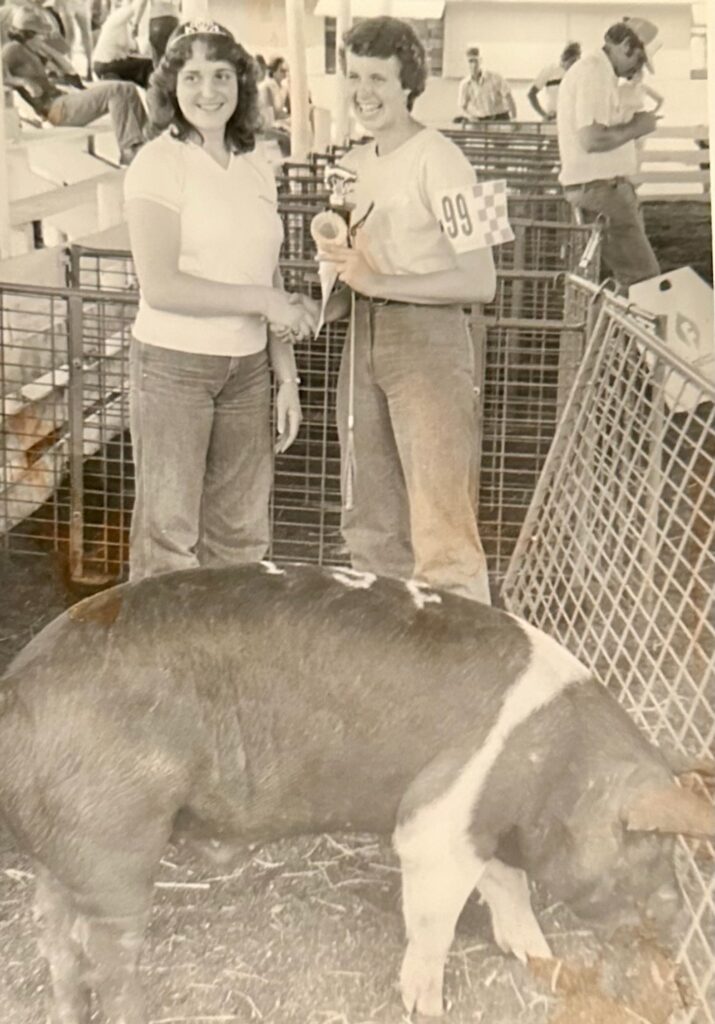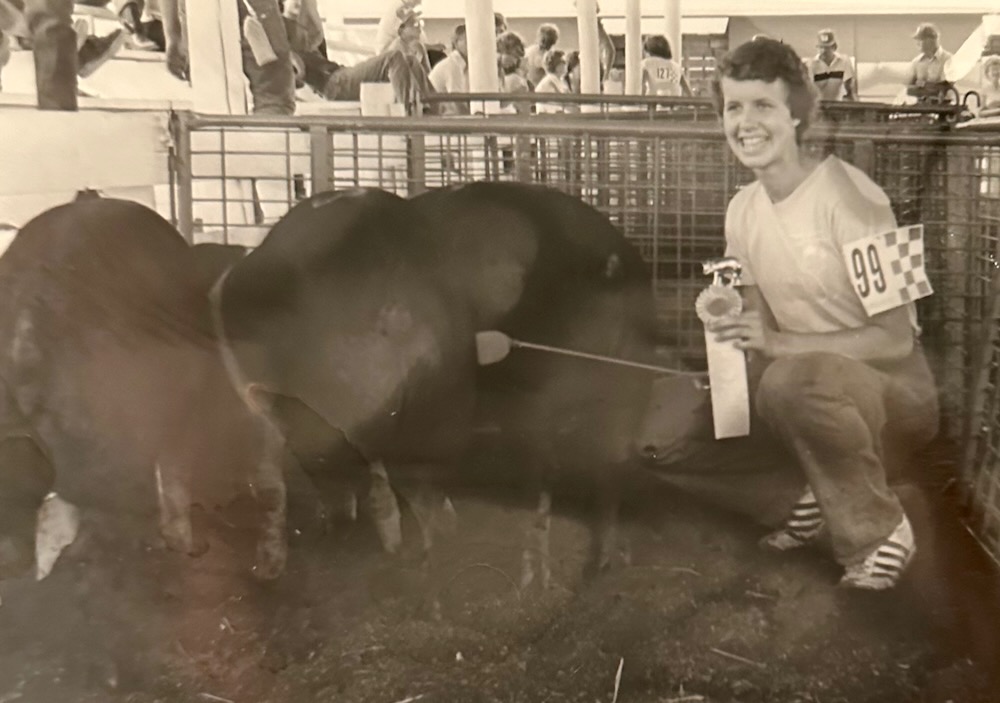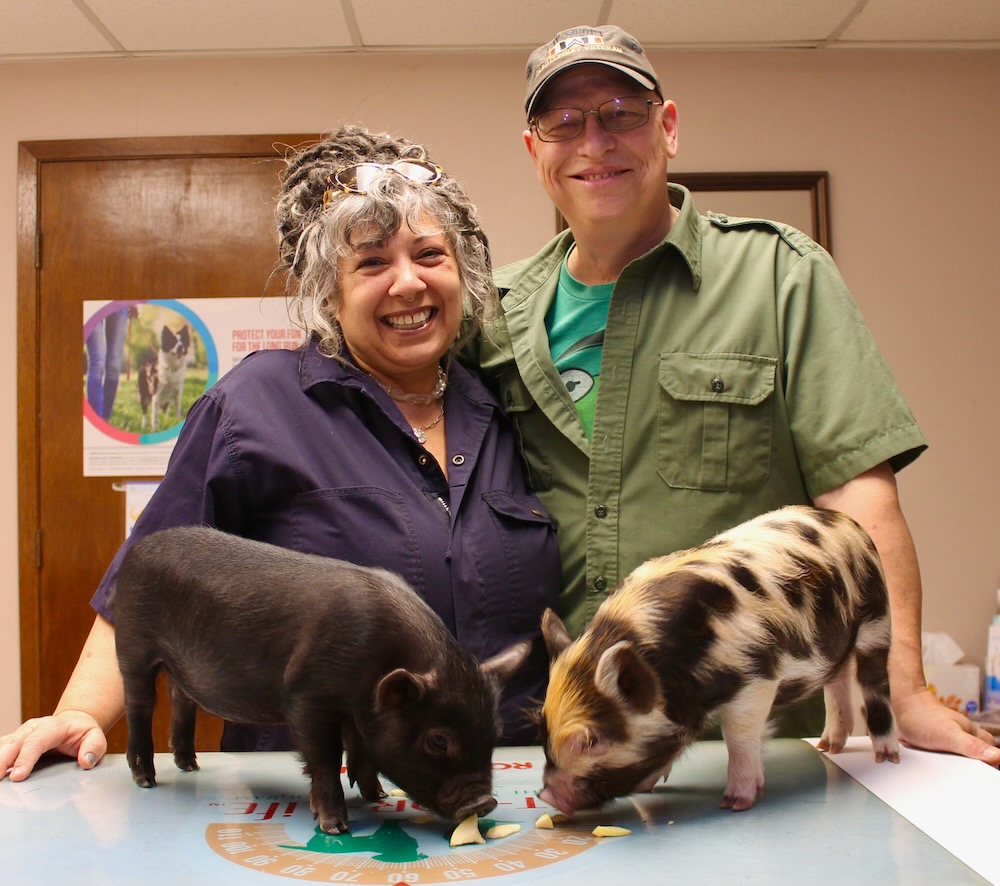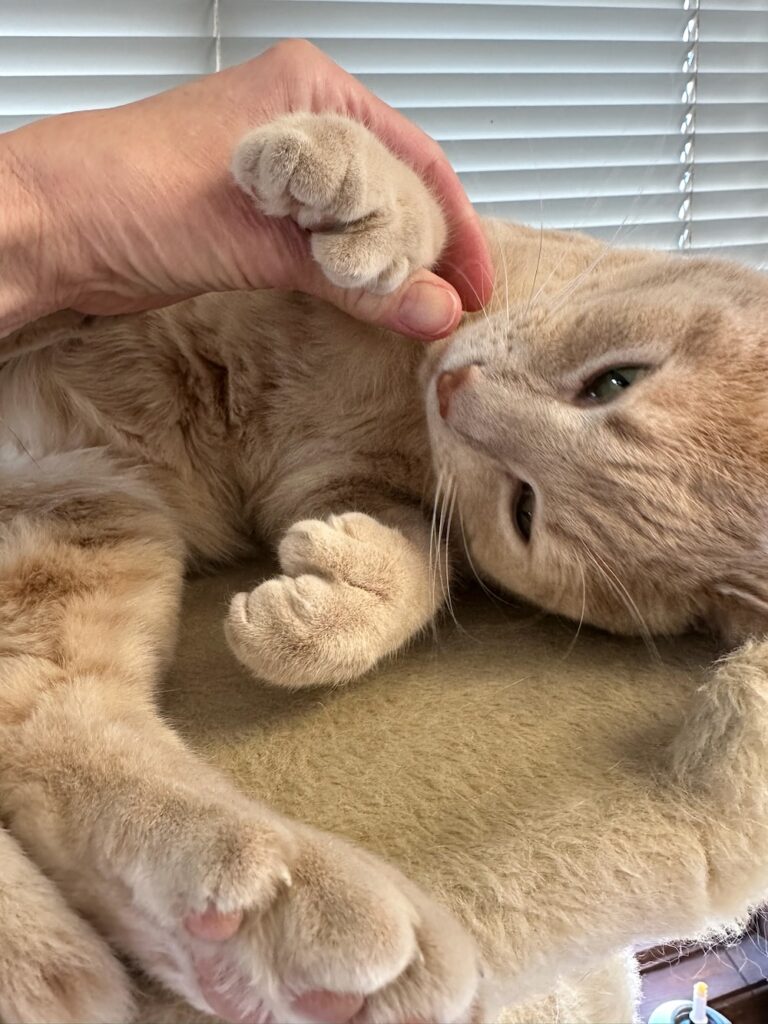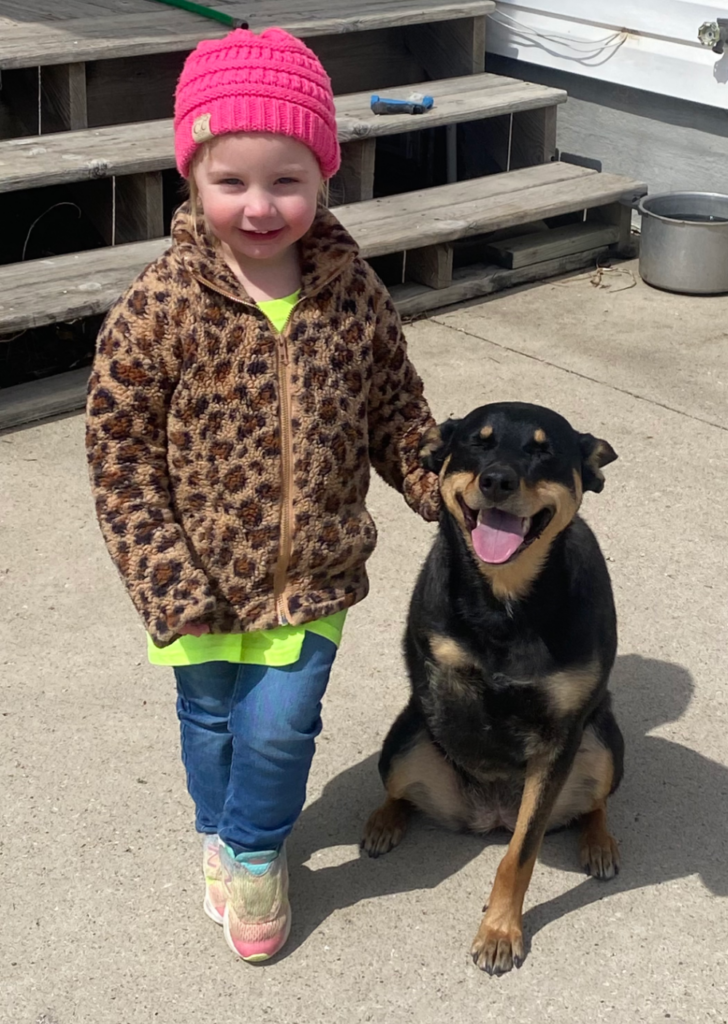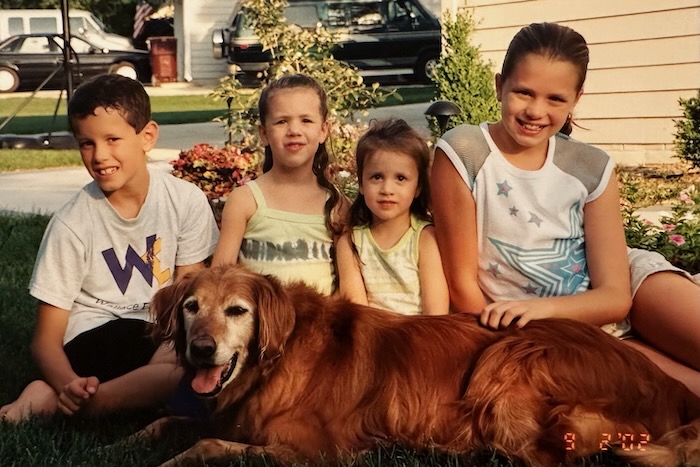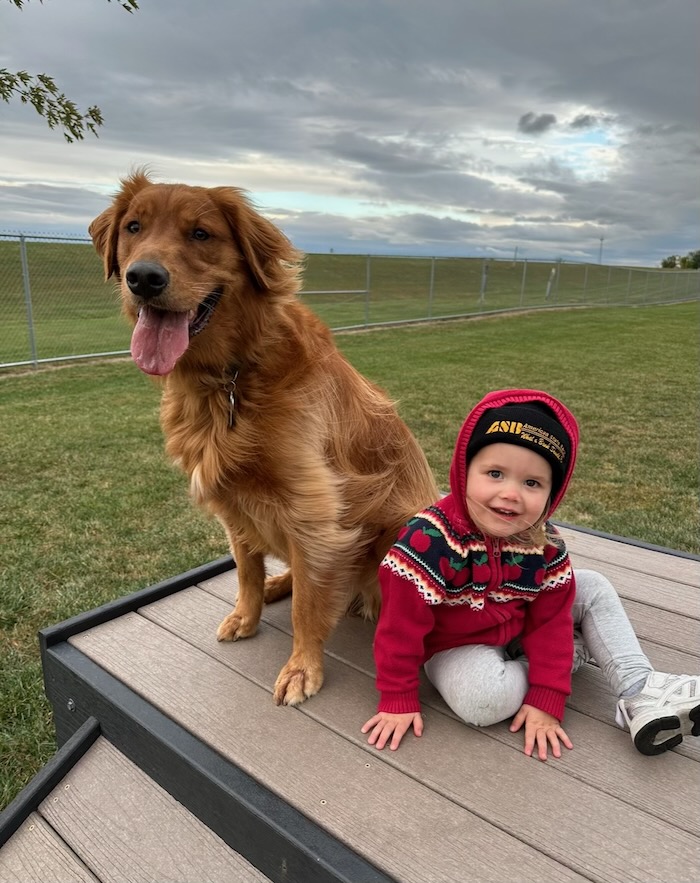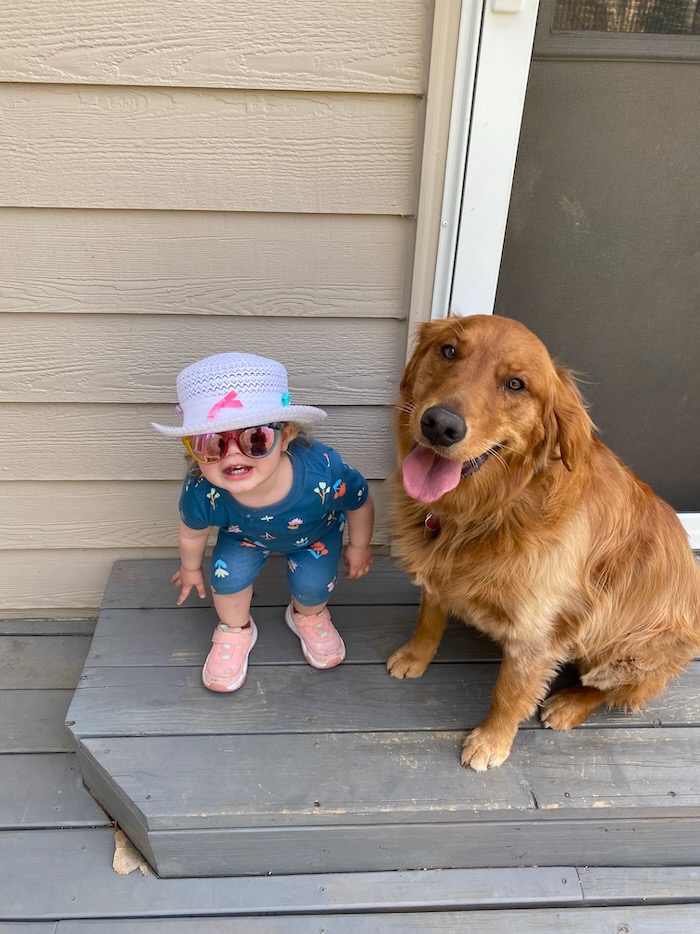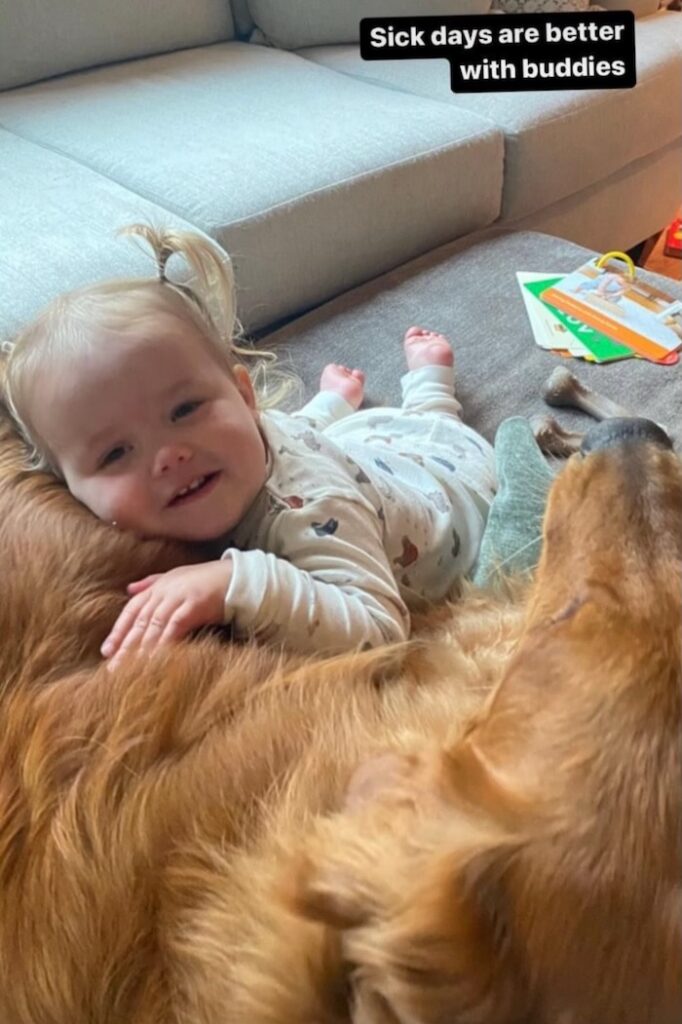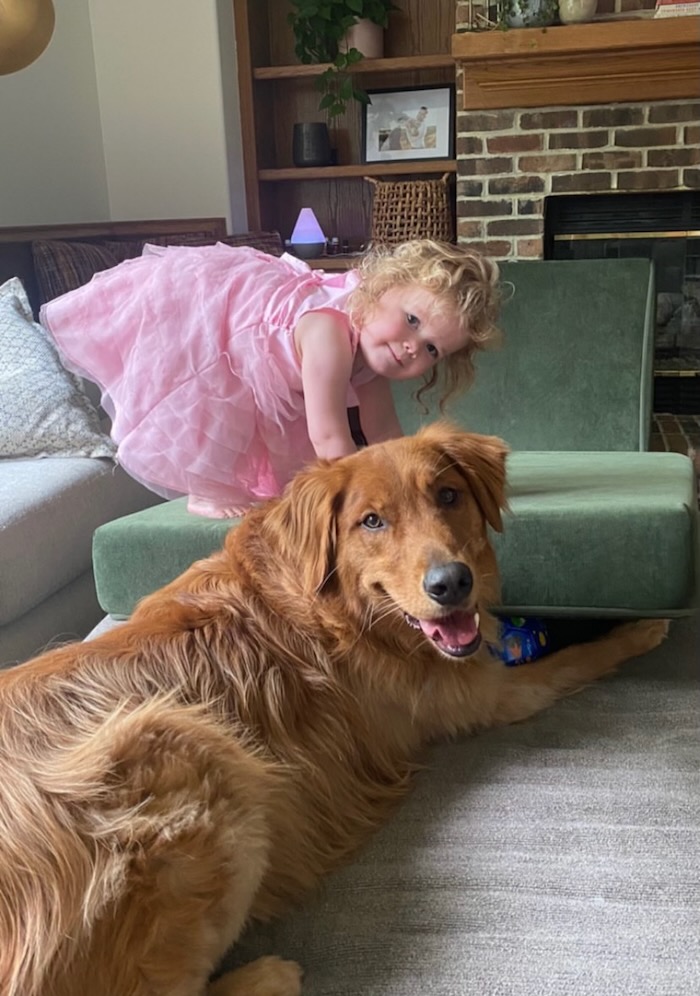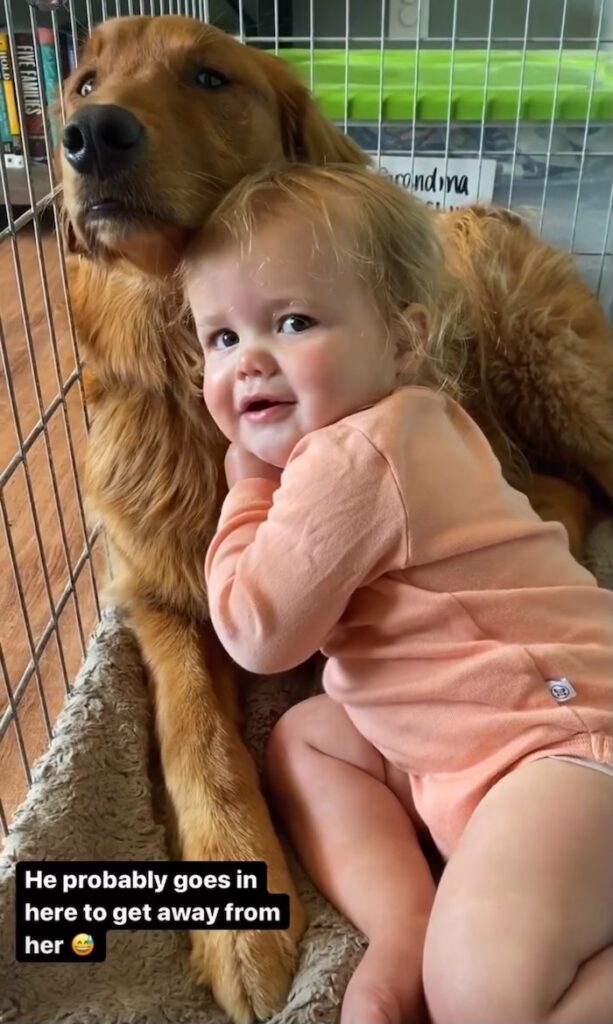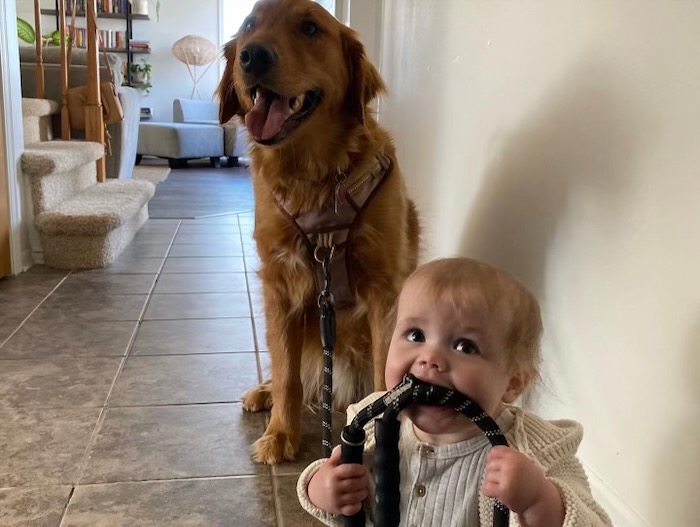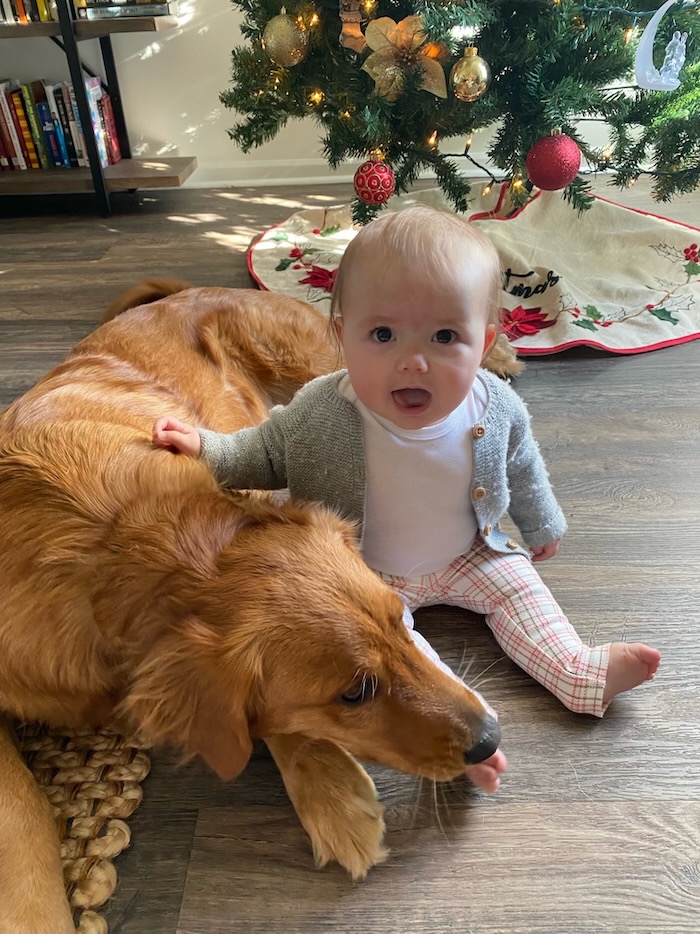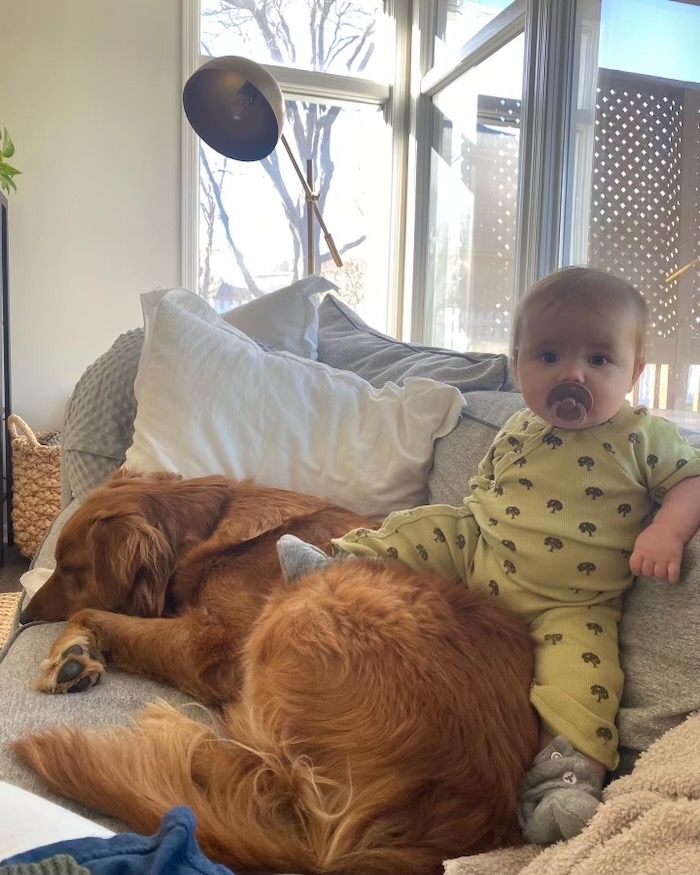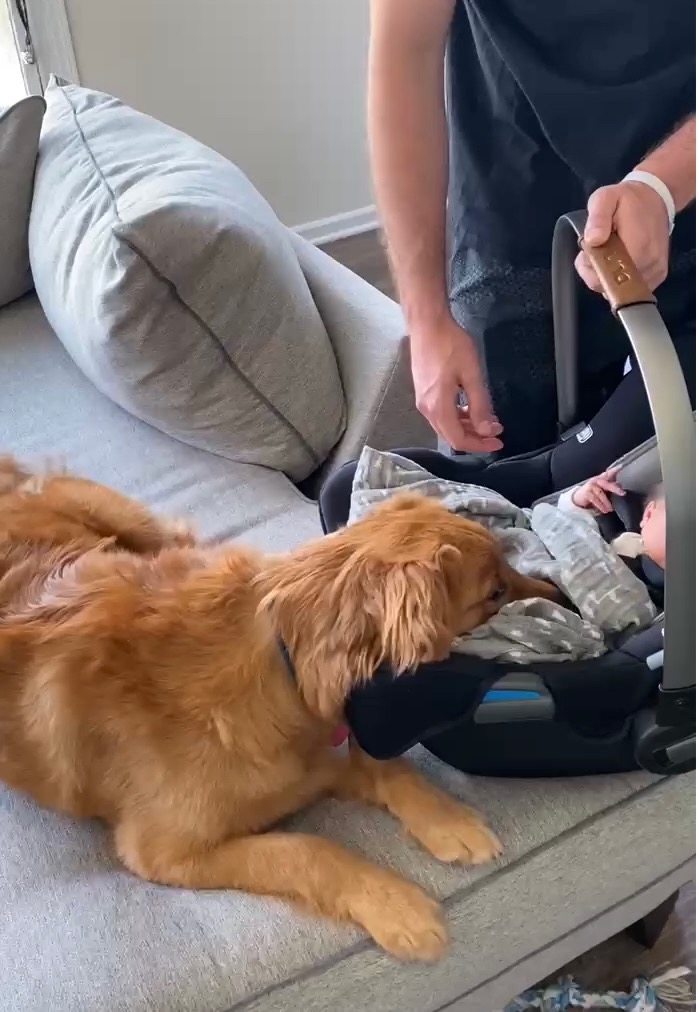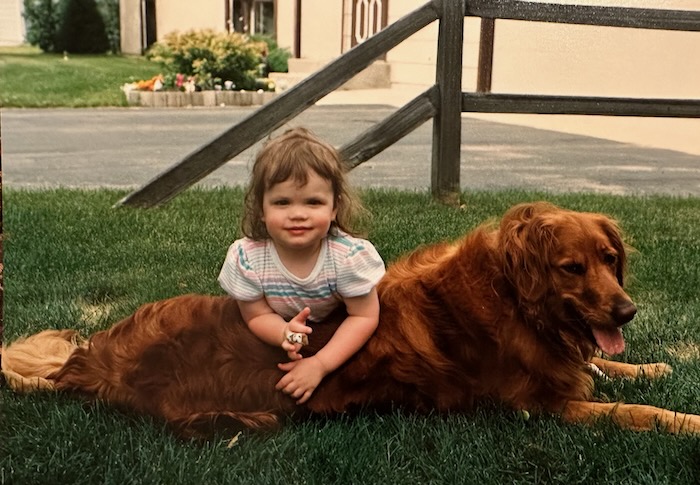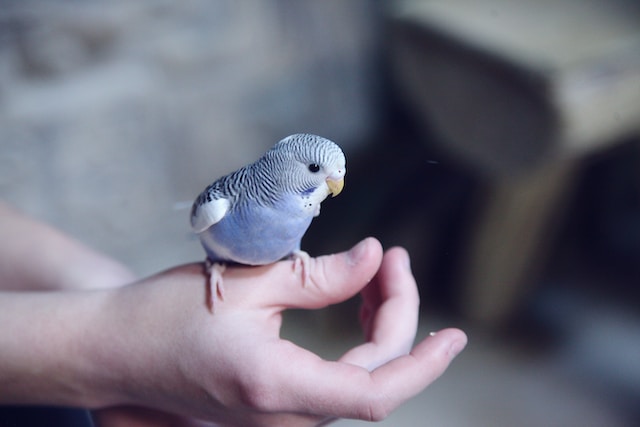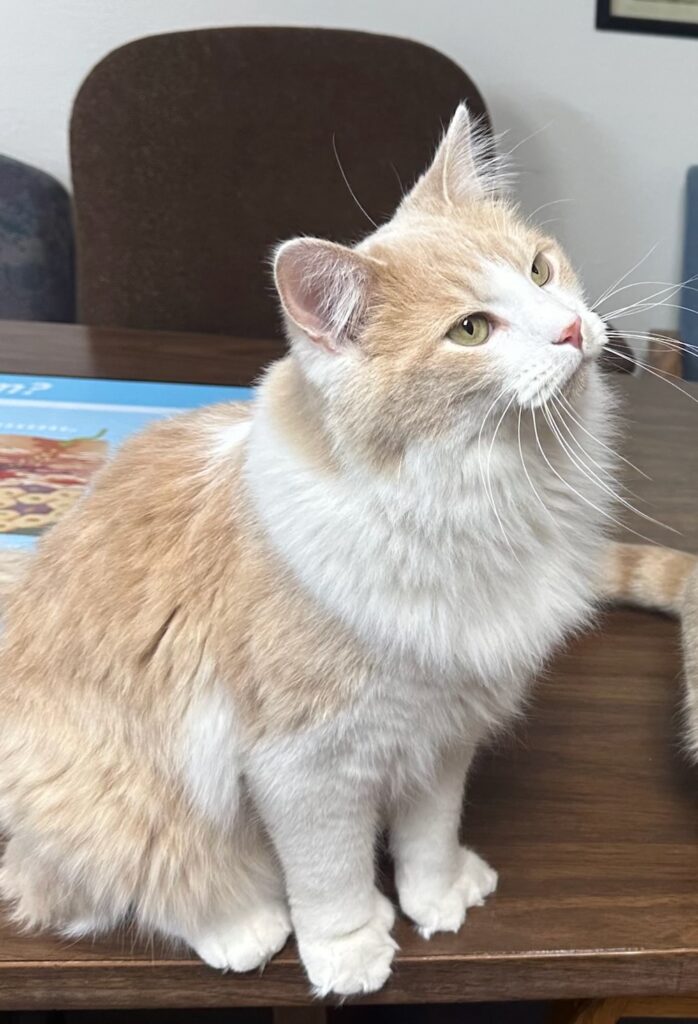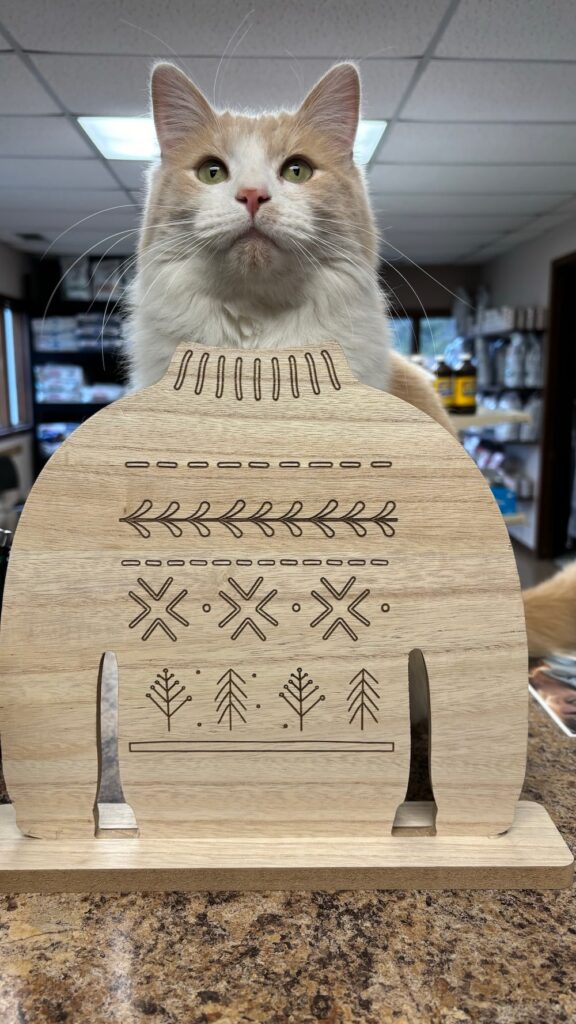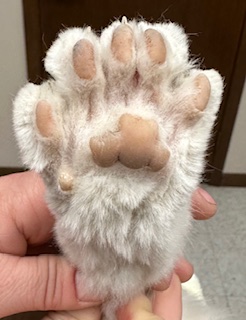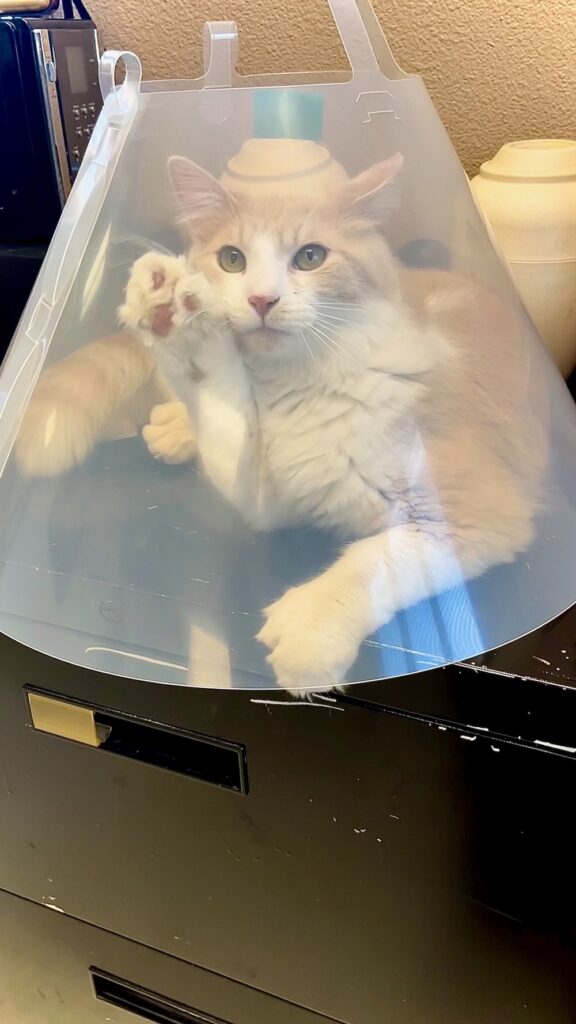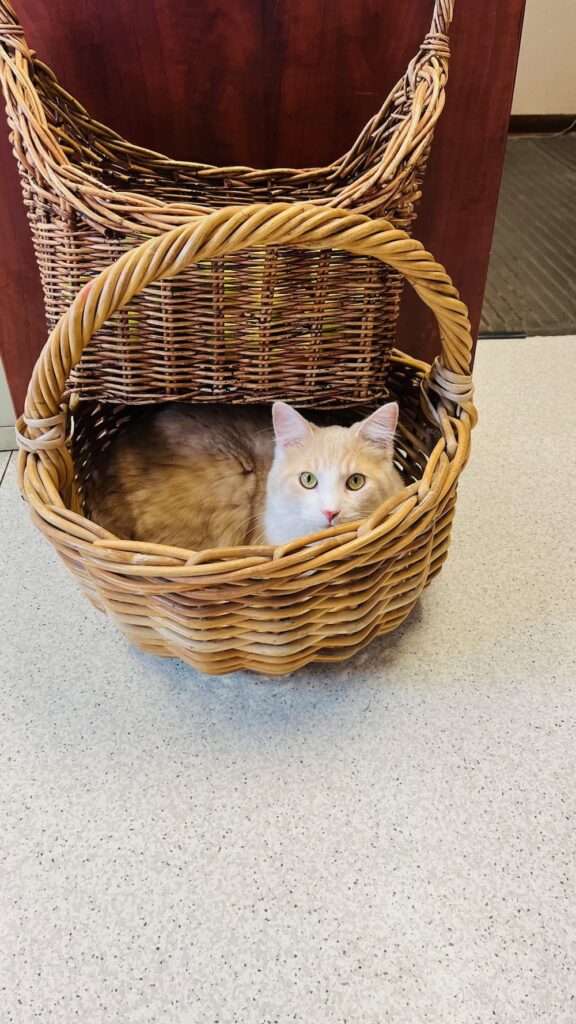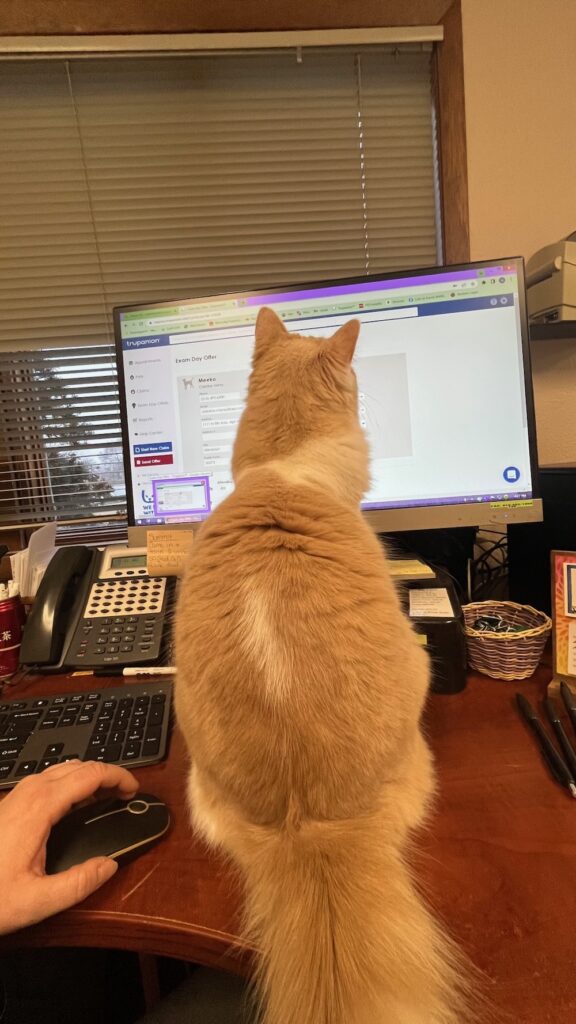Ready or not here comes the “RUFF”est day of the year for our furry friends. Our Independence Day is full of fun, food, and fireworks for our families. Our pets struggle immensely with the unpredictable loud noises and flashes in the sky. I have clients that can’t even get their dogs to go outside for fear of fireworks being set off at random times day and night. Noise phobias are real for many pets. Unfortunately for owners, the ability to comfort them is unobtainable. We have encouraged owners to get thundershirts. Put their pets in rooms with noisy televisions, blaring radios, white noise monitors, fans, etc. to drown out the loud fireworks. For some it can help but many pets continue to pace, pant, shake, and vocalize due to fear and anxiety. Please be considerate if you encounter people who do not share your love of fireworks. The terror and threat are real for some and therefore they struggle finding the joy in fireworks.
The month of July moves us into the last ½ of the year. Not certain how we got here already. These celebrations can be found at TimeToPet in the following link. https://www.timetopet.com/blog/your-complete-guide-to-pet-holidays
- National Lost Pet Prevention Month
- National Pet Hydration Awareness Month
- Dog House Repair Month
- July 1st – ID Your Pet Day
- July 4th – Independence Day – A ruff day for pets! The loud noise of fireworks can cause dogs to panic and sometimes run away. Keep your pets calm and safe!
- July 5th – Pet Remembrance Day
- July 10th – National Kitten Day
- July 11th – All-American Pet Photo Day.
- July 15th – National Pet Fire Safety Day
- July 16th – World Snake Day
- July 16th – Guinea Pig Appreciation Day
- July 21st – No Pet Store Puppies Day
- July 26th – National Dog Photography Day – UK
- July 27th – Aug 3rd National Feed a Rescue Pet Week
- July 31st – National Mutt Day (also in December)
We recognize that summer months come with needs for hydration but never knew that July was Pet National Hydration month. This seems like a no brainer but yet raising awareness never hurts. Reminding people to not leave pets in cars is another important safety tip. Maybe I should start a new pet holiday! Who knows – maybe there already is one. They call July “Dog House Repair” month as well. Seems we have a celebration for just about everything.
July 1st is ID Your Pet Day. This is something everyone with a dog should consider. I have heard stories of old dogs running off after years of staying on property. I get asked, “Why?” If I had that answer I probably would not be writing blogs anymore. It goes along with the “Why do dogs eat poop?” Another question that has no easy answer. If your pet has a microchip that is permanent, you can prove they are yours and when scanned the number can connect you and your pet quickly. It is not costly and the number of stories we have heard of how pets have been reunited with owners even after years of separation is staggering. Consider microchipping your cats as well. Even indoor cats can be lost with fear of repair personnel or in a move to a new location. This chip is lifetime. Most are less than $50 and come with online registration so no matter where or when they are scanned that number can connect you with your pet. Some people fear their personal information is on the chip. That is not true. The number is placed into a Microchip Look Up online database which gives a number to call, and the specialists then make the connection. Please remember to update your information whenever you move or change phone numbers. We have had pets found in Iowa whose owner’s information still indicated they lived in California.
July 5th is National Pet Remembrance Day. Let’s flood our social media posts with the pets that enhanced our lives during their time here on earth. I figure there is not a person on this planet whose life has not been touched by a special pet. That pet may have been large or small, furry or slimy, unique or common, but to that person it was life altering.
National Pet Fire Safety Day is July 15th. This is such an important safety tip. Please get something posted on your entry doors indicating the number of pets and type of pets so if there ever is a fire and you are not home the firemen and firewomen are aware.
July 16th is World Snake Day and Guinea Pig Appreciation Day. I feel now we do have a day for everything. I have been in practice for 36 years. I have never hidden the fact that I like pets with fur and feathers. The practice has a few reptiles that come through the door, but the staff know to have Dr Jim handle them. I have judged some pet shows in my days as a veterinarian and there have been some reptiles at those shows. Fortunately, since we are judging how the 4-H student handles their pet and their knowledge about their pet, I have been able to fulfill my obligation. Until I was in my 30’s, anytime I saw a snake on the road I would do the shimmy in my car seat. I can now see them and remain still. Slow progress!
Feed a rescue pet week is July 27th – Aug 3rd. One of the biggest expenses for shelters is the cost of food. We do a pet food drive every Christmas for our local Crisp program to help feed hungry pets. My guess is that there are hungry pets all year round. Could you find time to drop off food, litter, pets supplies, etc. to a local organization? If we all helped with this expense our local programs would greatly appreciate it. Every bit helps and you can spread joy and kindness into this world.
National Mutt Day is July 31st. This day is celebrated on December 2nd as well. It may also be known as National Mixed Breed Day. Years ago, every dog that was not a purebred dog was labeled as a mixed breed or mutt. Today most of the dogs we see are mixed breed dogs. With the trend of taking two purebred dogs and mating them together, we have created a whole new class of “mutts”. Many will be offended by my statement, but I am only pointing out that these “hybrid” mixed breed dogs are still mutts. The cost of these dogs has skyrocketed. I do feel that this trend has reduced some of the so-called genetic defects we see in purebred lines. When crossing the breeds you have the potential for a healthier dog. That is not to say they won’t have issues but in general we see less heart and joint problems at a younger age.
Whatever celebrations you have planned for this month please be aware that extreme heat can be hazardous to your pets. Make certain they have a cool place to retreat to and plenty of water to stay hydrated.





